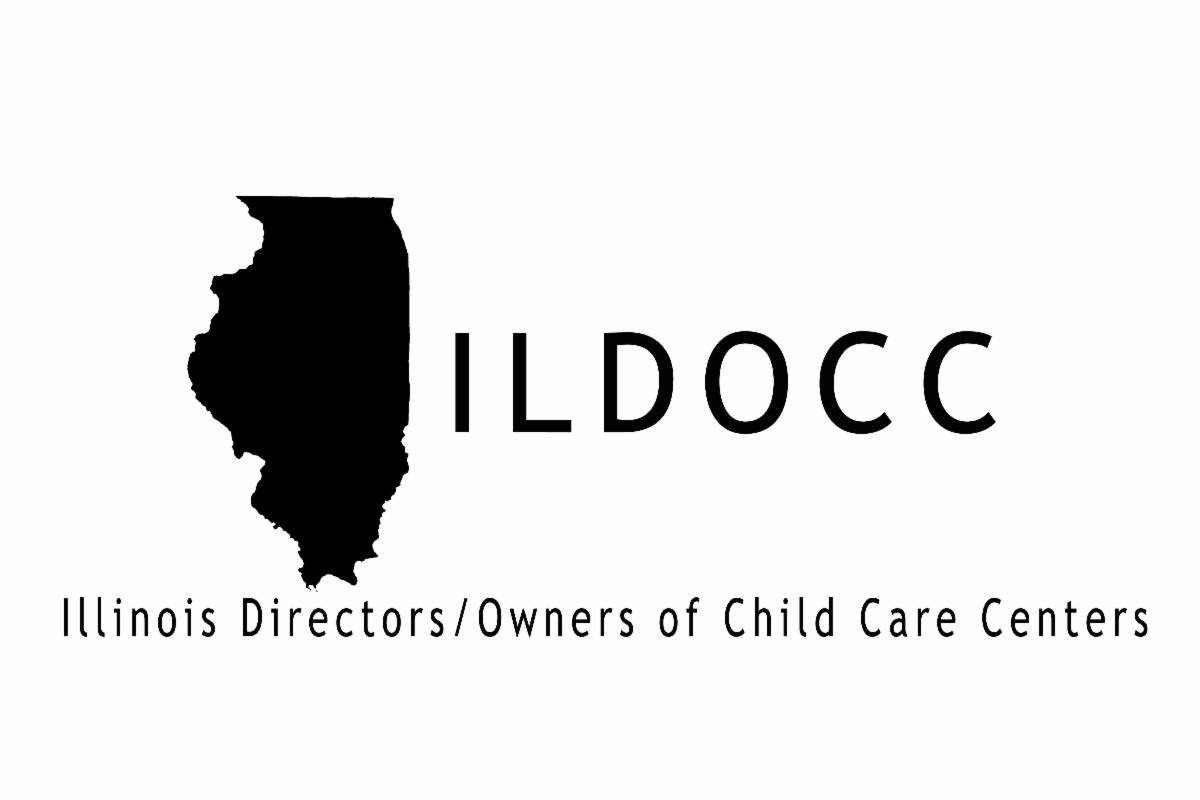Many kids spend too much time with phones, tablets, and computers today. These gadgets keep them from touching, seeing, hearing, smelling, and tasting things in the real world. When kids don't use their sense organs enough, it can slow down how they learn, move, and understand the world around them.
But there's a way to fix this. Parents and caregivers can add fun activities that use the senses to a child's day. These activities let kids see, hear, touch, smell, and taste different things, which helps them grow up healthy. It also helps them think better, solve problems, and learn new words.
This article will teach you some safe activities that engage and stimulate kids' minds. Before you finish reading this piece, you'll see a few things to add to children's daily routine to stimulate their overall development - from visual to tactile to multisensory activities.
Let's get started!
1. Visual Activities
Light table explorations are a captivating way to engage children's visual senses. Place transparent colored objects on a light table or a clear plastic bin with a light source underneath. Children can explore color mixing, patterns, and shapes. Doing this exercise enhances color recognition and spatial awareness.
Color-mixing with transparent materials is another exciting visual activity. Use clear cups filled with colored water and eye droppers. Children can mix primary colors to create secondary colors to learn about color theory hands-on. Color mixing will improve their fine motor skills as they use the eye droppers.
Shadow play is a simple yet engaging visual activity. Use a flashlight or lamp to cast shadows on a wall or screen. Children can create shadow puppets with their hands or cut-out shapes. This task sparks creativity and helps children grasp the interaction between objects and light.
Nature color hunts encourage children to observe their surroundings closely. Give them a color chart or paint swatches and ask them to find matching items in nature. These hunts sharpen observational skills and teach children about colors in their environment.
2. Auditory Activities
DIY musical instruments allow children to explore sound creation. Fill sealed containers with rice, pebbles, etc, to craft your own homemade shakers. Create drums from empty cans or boxes. String rubber bands across a shoebox to make a simple guitar. These homemade instruments teach children about sound production and pitch.
Sound scavenger hunts encourage active listening. Make a list of familiar sounds (like a dog barking, a car horn, or a bird chirping) and have children check them off as they hear them. Sound scavenger hunts improve auditory discrimination and attention to environmental sounds.
Listening games helps refine auditory skills. Play "Simon Says" or "Musical Statues" to practice following auditory cues. Record the sounds of animals and ask children to identify them. These games enhance listening comprehension and auditory memory.
Creating sound stories involves using various objects to produce sounds that accompany a narrative. Tell a simple story and have children create appropriate sound effects.
3. Tactile Activities
Sensory bins with various textures provide rich tactile experiences. Hide tiny surprises or objects for children to seek out and enjoy. This exercise improves fine motor skills and introduces children to different textures.
Playdough and modeling clay offers endless tactile possibilities. Children can squeeze, roll, cut, and mold these materials to develop hand strength and dexterity. To expand play options, add tools like plastic knives, cookie cutters, or rolling pins.
Finger painting is a timeless, engaging, tactile experience that builds up inventive thinking. Use non-toxic, washable paints and let children explore color mixing and texture creation with their hands. This messy play is excellent for sensory development and self-expression.
Textured art projects incorporate various materials to create tactile works of art. Explore materials such as sandpaper, fabric scraps, or dry pasta to make collages or 3D pictures.
Water play offers soothing tactile experiences. Fill a basin with water and make cups, funnels, sponges, and water wheels available. Kids can enjoy pouring, splashing, and experimenting with water flow. Water play teaches concepts like volume and improves hand-eye coordination.
4. Olfactory Activities
Scented playdough engages both the sense of smell and touch. Add essential oils, spices, or flavored extracts to homemade playdough recipes. Get children to guess the scents while playing with the dough.
Herb and spice exploration introduces children to a variety of natural scents. Create a "smell station" with small containers of herbs and spices like cinnamon, mint, lavender, and rosemary. Have the kids smell each one and describe the scent. This activity expands vocabulary and sensory awareness.
Scented sensory bottles are easy to make and safe for younger children. Fill clear bottles with water and add items like lemon slices, vanilla beans, or flower petals. Seal the bottles securely. Get the kids to shake the bottles to release the scents.
Smell memory games challenge children's olfactory recall. Place scented items in opaque containers. Have children smell each container and match pairs with the same scent.
5. Multi-Sensory Activities
Sensory gardens engage all five senses in an outdoor setting. Plant herbs for smell, add wind chimes for sound, include colorful flowers for sight, and grow edible plants for taste. Create textured pathways with materials like pebbles or mulch.
Nature walks offer rich multi-sensory experiences. Encourage children to observe their surroundings using all their senses. They can listen to bird calls, feel tree bark, smell flowers, and safely taste edible plants (with supervision). This activity fosters environmental awareness and sensory integration.
Themed sensory bins combine multiple senses in one activity. Create bins based on themes like "beach" (with sand, shells, and ocean sounds) or "forest" (with pine cones, leaves, and woodland scents). These sensory bins allow children to explore different environments through sensory play.
Sensory bottles stimulate multiple senses simultaneously. Fill clear bottles with water and add items like glitter, small toys, or food coloring. Some bottles can make sounds when shaken, while others might have scented elements. These bottles are safe for younger children and provide varied sensory input.
Essential safety guidelines for sensory play
Always use age-appropriate materials for sensory activities. Be mindful of choking hazards and avoid giving young children small objects that could be harmful. Choose non-toxic, child-safe materials for all activities.
Constant supervision is essential during sensory play. Watch children closely to prevent them from putting materials in their mouths or eyes. Be alert and prepare to step in if play becomes unsafe.
Consider potential allergies when planning sensory activities - especially allergies involving food or natural materials. Ask parents about known allergies and avoid common allergens in group settings.
Proper cleaning and sanitization of sensory materials are crucial. Regularly clean and disinfect reusable items like sensory bins or tools. Dispose of perishable materials after use to prevent mold growth.
Wrapping Up
Sensory play offers numerous benefits for child development. It supports cognitive growth, enhances motor skills, and encourages creativity. When children engage all their five senses, they gain a deeper understanding of the world and develop essential skills for future learning.
It's the parents’ and caregivers’ responsibility to ensure they integrate sensory activities into children’s daily routines. These tasks don't need to be complex or time-consuming. Remember to prioritize safety in all sensory activities. Choose appropriate materials, supervise closely, and be aware of individual needs and allergies.































